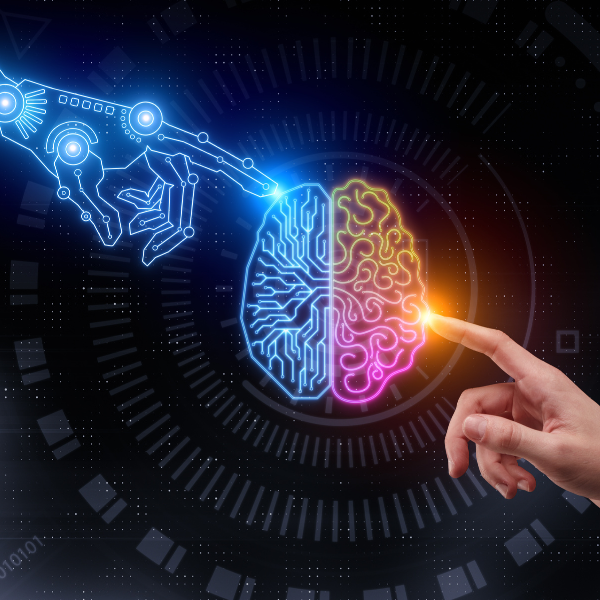Generative AI and related technologies are in the news more than ever. While these innovations hold immense promise, addressing the prevalent misconceptions and myths that often surround them is essential. Let’s look at some of the top misinterpretations surrounding Generative AI and shed light on the realities shaping this cutting-edge field.
There are several common misconceptions and myths about generative AI that deserve attention:
- Generative AI will replace human jobs: While it’s true that generative AI has the potential to automate some tasks across many industries (ask Hollywood right now), it’s unlikely to replace human jobs entirely. Rather, in most cases, generative AI is expected to augment human capabilities, enabling us to accomplish previously impossible or impractical tasks – or simply get more done.
- The bigger the AI model, the better: As the titans of tech duke it out to be the LLM to rule them all, you’ll hear a lot of bragging about the size of a systems training data or the many bazillion parameters it uses in its models. And that matters, but it’s not the sole determinant of a model’s performance. The quality of the training data and the training approach employed are equally – if not more – important.
- Generative AI models always generate accurate content or “hallucinate”: Language Learning Models (LLMs) are trained on massive text and code datasets, and they sometimes generate text that certainly sounds authoritative and correct but is factually wrong or nonsensical. This highlights the reality that these models are imperfect and can make mistakes – and we need to keep re-reminding ourselves of that.
- Generative AI will enable plagiarism and ruin education: Generative AI can indeed generate text and other content similar to human-created work, raising concerns about plagiarism and cheating. However, generative AI can also be used positively in education, such as providing customized content and learning experiences personalized to the ways a student best learns.
- Generative AI is a black box: The process of training these models can be complex and opaque (and biased), and so can their results. Right now, there’s a lot of shrugging and saying, “Well, I mean, who really knows?” As more businesses use these technologies, we see a strong call for techniques to make generative AI models more transparent, providing explanations for their outputs.
- Generative AI is dangerous: Some fear that generative AI could be used to create fake news or generate harmful content. However, like any tool, generative AI can be used positively and negatively. Its use should be regulated responsibly to ensure it serves constructive purposes. We are already seeing companies and countries start to work this out in the public sphere.
- Generative AI can think and create like humans: They generate output based on learned patterns from training data and do not have “thoughts” or “creativity” in the same way that humans do. Whether this approaches the flash of insight or virtuosity of humans remains to be seen.
- Generative AI can learn and improve on its own: AI models don’t continue to learn or improve after their training phase without additional data or retraining. Fine-tuning and re-training with new training data is a key part of improving and developing any machine learning system.
And for a halfway myth, let’s look at a switcheroo we see in a lot of tech companies and tech press:
8 ½ General AI is the same as Generative AI. General AI means a system that has the same cognitive functions as a human and can learn just like we do. Think of it as an all-purpose robot that can learn and do any task, sort of like the Terminator. Compare that to a robot built for a particular task in a particular place. General AI is one of those holy grails that most tech companies in the space are working on. But it is not the same as advancements in generative AI, which are still milestones in machine learning – but not the promised land we’ve been promised.
Understanding these myths allows us to appreciate the potential and challenges of generative AI. Despite its powerful capabilities, generative AI is not a magical solution to all problems and must be utilized responsibly, bearing in mind its limitations.
In the realm of Generative AI, separating fact from fiction is crucial for harnessing its potential responsibility. The journey through these misconceptions reveals a more nuanced perspective. While Generative AI has the potential to redefine industries and push the boundaries of creativity, it’s not a silver bullet that replaces human ingenuity or foresight. By acknowledging its limitations and potential pitfalls, we pave the way for a more informed and ethical integration of Generative AI into our lives. As technology continues to evolve, a balanced understanding of its capabilities and constraints empowers us to harness its transformative power while safeguarding against its potential misuse.

